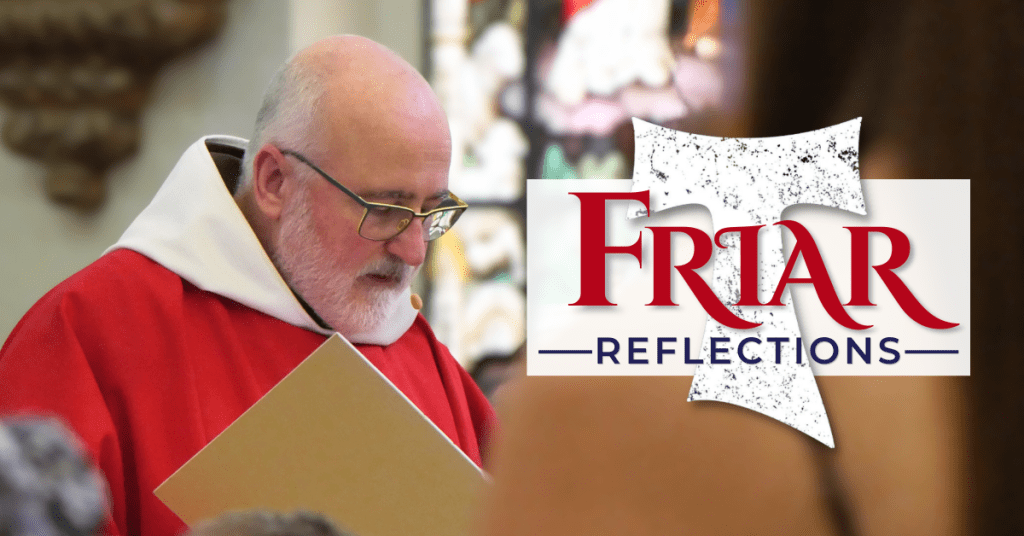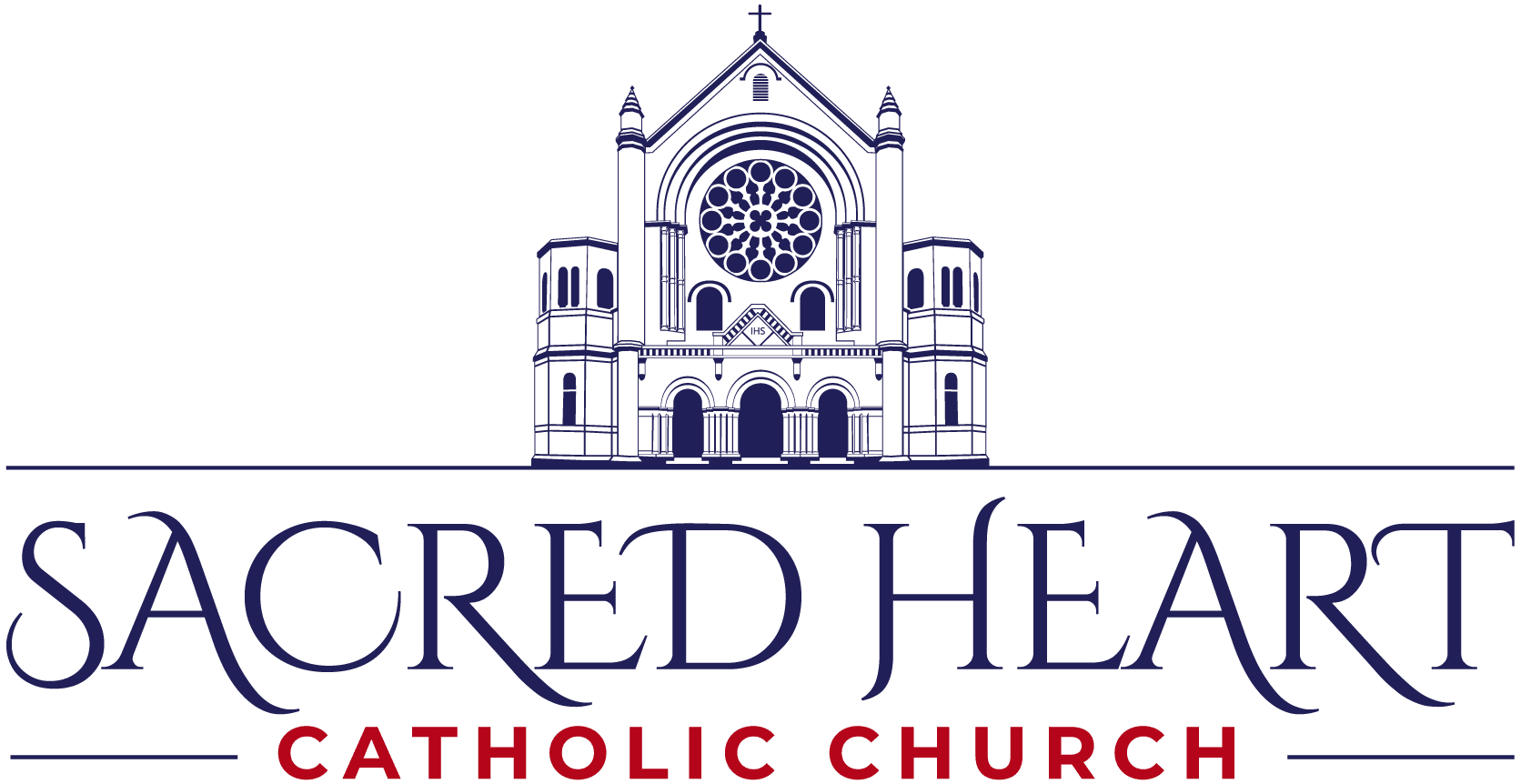
“Faith is the realization of what is hoped for and evidence of things not seen.” (Hebrews 11:1)
This line opens the second reading this Sunday and it’s one of the most profound theological definitions of faith in all of Scripture.
You see, we live in a world obsessed with what is visible. Proof. Data. Measurement. Surveillance. If you can’t see it, test it, or touch it—it must not be real. And yet, today’s Scripture turns that on its head.
Faith, it says, is not blind. Faith sees more—not less. It is “evidence” of what the eyes cannot perceive, and the “realization” of what is not yet. Faith should never be seen as a fantasy, but rather, it’s a way of knowing, a kind of spiritual perception that recognizes God’s presence where others see only absence.
“Faith is the realization of what is hoped for…” It’s not wishful thinking. It’s not “someday maybe.”
It’s a confidence that what God promises is already on its way.
Abraham lived in tents but believed in a city with foundations.
Moses left the palace of Egypt for a land he had never seen.
Mary said “yes” to a future that would shatter every plan she had.
Faith gives shape to the invisible—like an architect who builds from a blueprint not yet realized, or an artist who sees beauty in a blank canvas.
“…and evidence of things not seen.” Evidence is normally empirical: we test it. We prove it.
But Hebrews says faith itself is evidence—not of the visible, but of the invisible.
The Desert Fathers referred to faith as the heart’s capacity to perceive God. It doesn’t oppose reason; it goes beyond it. In this way, faith is both evidence and encountering the invisible becomes tangible in prayer, in trust, in love.
So, what does this mean for today? It means we don’t just believe in God—we rely on Him. We order our lives around His promises. We build our homes on a foundation that can’t be seen on any map or measured by any device.
The Catechism says: “Faith is a foretaste of the knowledge that will make us blessed in the life to come.” (CCC 163) Faith trains us to see not only what is, but what is becoming. We learn to wait—not passively, but with attentive hope. We become pilgrims who walk toward the unseen with eyes wide open.
A sailor once found himself navigating a dense fog at night. Visibility was nearly zero, and the coast was dangerous. Suddenly, a faint light appeared in the distance, a beam of a lighthouse. He couldn’t see the shore, but he knew where to go. That light was not the destination—but it was enough to move forward.
That is faith: Not full sight… but enough light.
We may not see all that God is doing. We may not understand the “why” of our suffering, or the “when” of His coming. But we have enough to walk forward.
Faith is not just about the afterlife. It’s about how we live this life — here, now, today — in the light of God’s promises. It’s the ability to take God at his word and the courage to take the next step.
Peace and All Good,
– Fr. Zack




